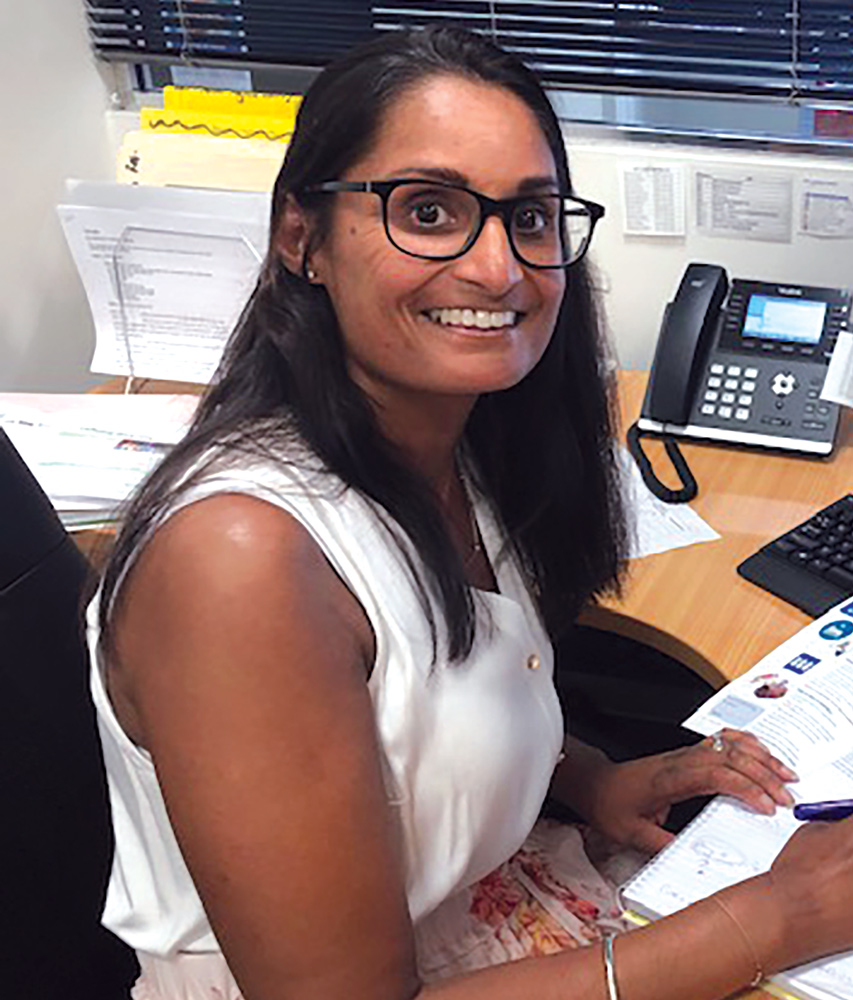 A community approach to mental health is key for culturally and linguistically diverse youth, says Nadeen Laljee-Curran.
A community approach to mental health is key for culturally and linguistically diverse youth, says Nadeen Laljee-Curran.
Young people are at a crucial stage where early intervention for mental health could have a long-term benefit on wellbeing, but there is significant under-use of mental health services by (CaLD) communities generally, and younger people from CaLD backgrounds typically present at an older age, by which time the impacts are more developed.

In November 2020, Health Consumers’ Council partnered with Consumers of Mental Health WA for a panel discussion to explore mental health in CaLD youth (aged 12 to 25), looking at the barriers and enablers for seeking diagnosis and treatment from a health professional.
The forum focused on the issues faced by young people born or being raised in Australia by migrant parents. This group is in a unique position as they navigate Western mental health labels and the contrasting opinions of their families and communities.
Identity was raised as a key issue for children of migrants and one that can contribute to mental health issues. Often young people felt they were not recognised as Australian, despite being born/raised here, but they also felt they did not fit in with community members raised overseas.
Young people gravitated to those with a similar skin colour at school, with those from a mixed-race background finding it challenging as they were neither white nor black ‘enough’. The young people all said they had experienced racism and felt that stereotyping and racial profiling had affected their mental health.
One panellist (who migrated with her parents as a teenager) spoke about how she was abused as a child and spent many years battling this trauma. She explained how the first mental health professional she saw made a generalisation about sexual abuse being common in African communities and this put her off accessing further treatment for some time.
All the panellists said it was important for services to be person-centred and open-minded, and to not make judgments based on stereotypes or assumptions.
When it came to barriers for young people seeking mental health support, the panellists also spoke to costs and accessibility. This was often compounded by young people’s perceptions that power was held by service providers.
Other key barriers were low community mental health literacy (with culture, heritage, community and religion all playing a part in the way mental health is viewed/interpreted), distrust of the ‘system’ and concerns around confidentiality (particularly fear of the community knowing about private business).
Advocates explained that young people could find it difficult approaching family about mental health concerns due to a fear of rejection, but also because they felt their mental health issues were invalidated because of the hardships endured by parents in their asylum seeking or migration. Some young people also felt guilt for their privilege compared to family living overseas and this has been exacerbated in COVID times.
Importantly, GPs and health providers from the same cultural background were seen as a barrier to accessing treatment and many young people had found it difficult to break away from the family doctor to seek another health professional with whom they felt safe.
In terms of enablers and supports, the panellists spoke about how services with CaLD liaison officers often felt safer and more approachable (even considering the diversity of the CaLD population). The power of peer-to-peer support and storytelling was also identified as paramount.
Organisations such as the Multicultural Youth Advocacy Network WA (MYAN WA) and Headspace were valuable for young people and “How’s your Haal”,
a community initiative aiming to empower young people from CaLD backgrounds to tackle the taboo of mental health and to share their experiences with their communities, was an example of a program that really worked.
The importance of empowering young mental health advocates and young people in general to self-advocate (and in some cases the generation above them) was highlighted, and MYAN WA given as an example for providing young people with these kinds of resources.
The young panellists felt that mental health initiatives needed to look through a community health lens rather than a tertiary or medical lens. If services were being developed, co-design was the best approach as young people knew what they needed and what worked.
What young people wanted was for health service providers to acknowledge differences but not generalise, look at a person as a whole being and advocate for them, ask questions and think about location and costs of services, and build relationships to allow them to feel safe to open up.
ED: Ms Laljee-Curran is Cultural Diversity Engagement Coordinator at Health Consumers’ Council.

